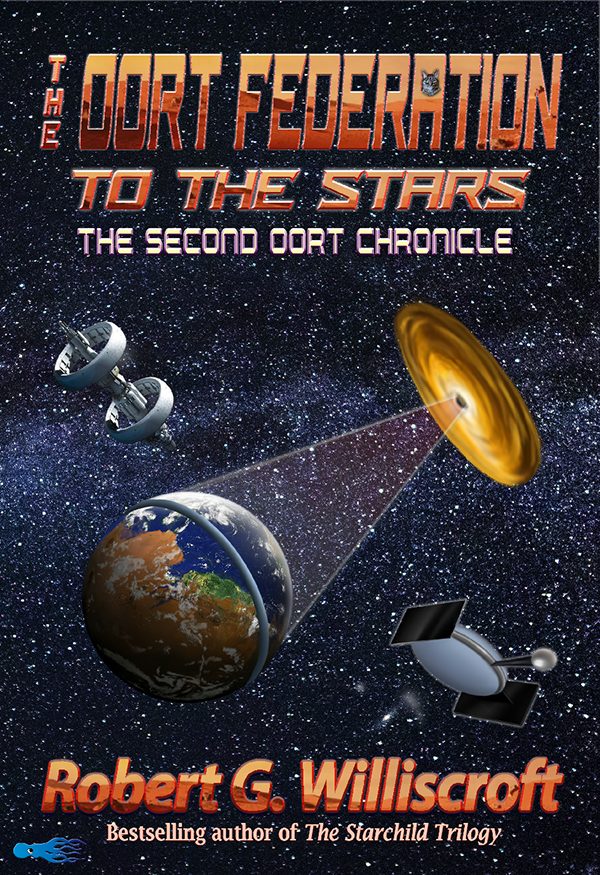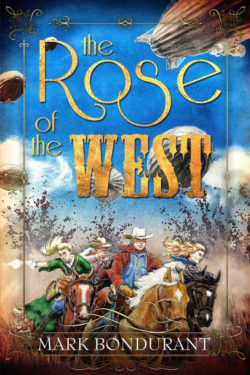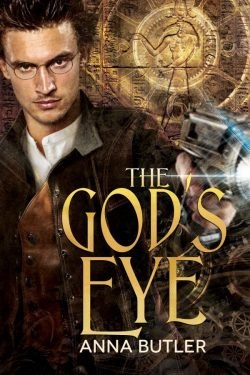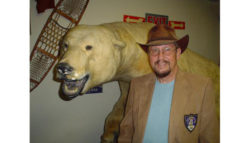The Oort Chronicles Vol 2
by

Pages: 442
Size: 6.00 x 9.00 in
Pages: 398
Size: 6.00 x 9.00 in
Pages: 398
As the Oort Federation becomes a major force in the Solar System, Braxton Thorpe passes the Federation chairmanship to former US President John Butler. Thorpe’s group offers humanity virtual immortality, but Isidor Orlov and his Udachny Enterprises oppose their every move. While terraforming Mars for more living space, the Mars Reds prove formidable as resisters. If the Asterian starship fighter pilots are released, will they align with Phoenix or Udachny, and who will develop the right FTL technology? In this tense space adventure, Thorpe, his team, and Max the tabby cat travel to Proxima Centauri and beyond to the Aster system, 84 lightyears distant. Will Thorpe bring together humans and Asterians in their quest for intergalactic travel? Will long life prove more than mere humans can handle?
Publisher: Fresh Ink Group
Illustrators:
Cover Artists:
Genres:
Tropes: Alien Invasion, Asteroid Miner, Body Modifications, Clones, Cryosleep, Enemy to Ally, First Contact, FTL, Immortality, Interstellar Travel, Space Battles, Space Pilot
Word Count: 107000
Setting: Solar system (Earth, Kuiper Belt, Oort Cloud), Mars, Aster system--84 lightyears distant
Languages Available: English
Series Type: Same Universe / Various Characters
Tropes: Alien Invasion, Asteroid Miner, Body Modifications, Clones, Cryosleep, Enemy to Ally, First Contact, FTL, Immortality, Interstellar Travel, Space Battles, Space Pilot
Word Count: 107000
Setting: Solar system (Earth, Kuiper Belt, Oort Cloud), Mars, Aster system--84 lightyears distant
Languages Available: English
Series Type: Same Universe / Various Characters
PROLOG TO THE NOVEL
INTERSTELLAR SPACE—LONE SURVIVING ASTERIAN STARSHIP
His starship stopped—day two, hour thirteen, minute fifty-nine, seconds thirty-one of his escape from Sol to Aster.
With artificial gravity gone as well, Prozell Squzon floated before his drive console, his twelve fingers splayed over the controls. He did a quick calculation. He was still seventy-nine lightyears and change from Aster.
“A bit far to walk,” he muttered, rotating his ears back to better hear a scraping sound coming from the airlock.
Squzon activated the airlock monitor, but it was dead, the screen blank. The inner lock hatch opened with a rush of cold air. Before he could react, a spacesuited figure disabled him with some kind of Electro-Muscular-Disruption stun weapon.
READ MOREINTERSTELLAR SPACE—BRAXTON’S STARSHIP
Prozell Squzon opened his eyes slowly. He hurt all over, even in places he had forgotten he had. He was on the deck of some kind of operations center filled with monitors and control consoles. A strange-looking humanoid stood before him, five-fingered hands on its hips. It was oddly thin and tall with puffy lips and a pointed nose. Its head was covered with brown hair, much like his. Clearly, some kind of mammalian ancestry, Squzon deduced. Several similar creatures stood around the chamber.
The strange creature addressed Squzon in his native language, Frohlican. “I am a human,” (it used the same word that Squzon used for himself), “from the star system your fleet just attacked, and from which you escaped as the only survivor. We are on our way to your home world and will arrive,” it checked an instrument, “in about four-and-a-half Frohlican days.” It used Frohlican duodecimal numbers, although probably, the creature normally calculated in base ten. “Unlike your relativistic craft,” it said, “this ship is superluminal.”
FTL—I should be frightened for me and my race, Squzon thought, but right now, I’m more curious.
“If you promise not to touch anything, I will not restrain you.” The creature’s mouth curved upward, and it showed its teeth.
I’ve got nothing to lose, Squzon thought. “I promise,” he said, meaning it.
COLLAPSEProf. John B. Rosenman, Norfolk State University, Former Chairman of the Board, Horror Writers Association, Author of The Inspector of the Cross Series on Goodreads wrote:The mathematical metaphors in Robert G. Williscroft's Icicle reminded me of classic Heinlein. In this sequel, The Oort Federation, Williscroft throws a surprising twist at us. Braxton Thorpe's team builds on technology captured from the aliens, suggestive of the "super-science" of E. E. "Doc" Smith's classic space operas. Icicle scaled up from the lab to beyond the Solar System. In The Oort Federation, Williscroft continues to build momentum, from terraforming Mars to expanding out to the stars, attempting to resolve a multi-sided conflict between the Oort, two alien planets, and Thorpe's own human rivals. With hints that go beyond even this, I can hardly wait for the next episode in this epic.
Kevin G. Chapman, Author of the Mike Stoneman Thrillers on Amazon reader review wrote:The Oort Federation: To the Stars is one of the most speculative, concept-rich, science-fiction novels I have ever read. You know it’s speculative when it comes with its own dense Glossary of terms relating to Portal Technology, MERT Drives, Lagrange points and the like. The further you read, the deeper you are taken into how the Universe actually works and what mankind’s destiny in it will ultimately be.
One thing I especially like is the extent to which the author explores humanity’s potential with concepts like clones, digital copies or electronic “Updates,” and the possibility of remaining young and even living forever without the need to have children. Our universe is indeed vast, and this sequel to Icicle: A Tensor Matrix, offers something for everyone: an ongoing space war between a ruthless Russian oligarch and members of the Federation; not one but two fully realized alien worlds and cultures; even cats and digital cats that hop from one section of the galaxy to another as easily as you and I step into another room.
While some of the characters could be fleshed out more, and the science was at times too technical, I was absolutely swept away by what humanity was evolving toward. Are there any limits to our possibilities and aspirations? After this galaxy and universe, what about the next one? At one point in the novel, John Butler, Chairman of the Oort Federation, tries to anchor eThorpe’s loyalties to the Solar System and Man-As-We-Know-Him. But eThorpe is an electronic download, a member of a new breed, and he makes it plain that “Federation jurisdiction stops at the edge of the Oort Cloud.” He and no one else will lead “an expedition into the unknown” and be responsible for its success.
Exhilarating, challenge, and mind-blowing. I can only hope that the author continues this series, perhaps in a new universe.
V. Babcock on Amazon reader review wrote:To the Stars is the second installment in the Oort Federation series, and the sequel to The Icicle, which I read earlier this year. Like many Sci-Fi series, it is essential that you read book #1 before reading book #2. The characters, the villains, the construction of the universe, and the technological elements of the story would all be confusing to a reader trying to pick up the story here in the second book.
For readers who enjoyed The Icicle, Mr. Williscroft takes all the plot lines and technological advances of that story and expands them as Braxton Thorpe, Daphne, Kimberly, and the other heroes (and e-heroes) head out to explore the galaxy, starting with the 84 light year trip to the Aster system in their FTL combo MERT-MBH ships, carrying along their portals, e-disks, hyper-disks, and the amazing abilities of uploaded humans and their Oort federation companions. And, of course, Max, eMax, and Maxter. (If you didn’t understand that, please see paragraph 1.) All the scientific and technological advancements introduced in book #1 evolve to their logical conclusions, limited only by the author’s extensive imagination.
The story explores the political, social, and intellectual development of the ancient Asterian societies on Rogan and Frohlich, making astute observations about how the two very different governments and societies work. There is still the villainous Russian oligarch, some twists involving the Oort, and the challenge of making contact with a new civilization that may think you are marauding invaders and not friendly trading partners. The action moves quickly, there are numerous side stories (including the challenge of terraforming Mars for human habitation), and plenty of character relationships to track through the sprawling narrative. It’s a Sci-Fi epic in the making, and it’s not over yet.
I liked the read, although it is not without some weak points. Several subplots don’t seem to lead anywhere important (although there might be connections coming in future books). The scientific and technological advancements, and major advancements of the plot, move at lightning speed, even when it seems implausible. There is never a real sense of peril for the heroes, despite the author’s attempt to create a viable villain. And the author sometimes dazzles the reader with his extensive knowledge of physics, chemistry, and technology beyond the point where some readers may prefer a little less science and a little more fiction. These minor issues do not significantly besmirch the very well-written and well-edited volume that expands the Oort universe and sets up more exciting stories to come.
Fans of Mr. Williscroft and fans of book #1 will be happy to get their next taste of this universe and will be anxiously awaiting the next installment.
Though it stands alone, this book awesomely continues from book 1 with next second science. Not only do the characters harness the power of black holes, they reanimate digital people back to flesh. We also get to meet the Asterians on their home planets, the Oort reveal a devastating secret. I can’t wait for book 3.






